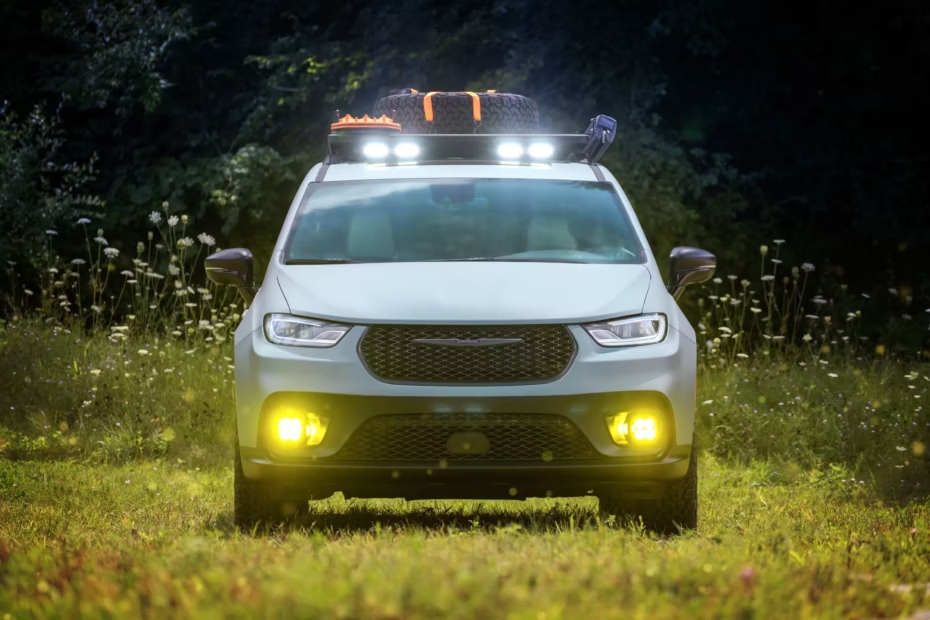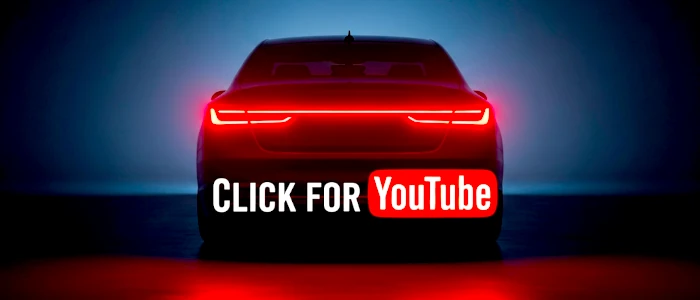Let’s get straight to the point: Chrysler took the Pacifica, the leader in minivans, and transformed it into a serious adventure platform. The Grizzly Peak is not just rough-looking; it’s a functional laboratory with a lift, KO2 tires, and carefully selected overlanding hardware.
How does the Pacifica turn into a real adventure minivan anyway?
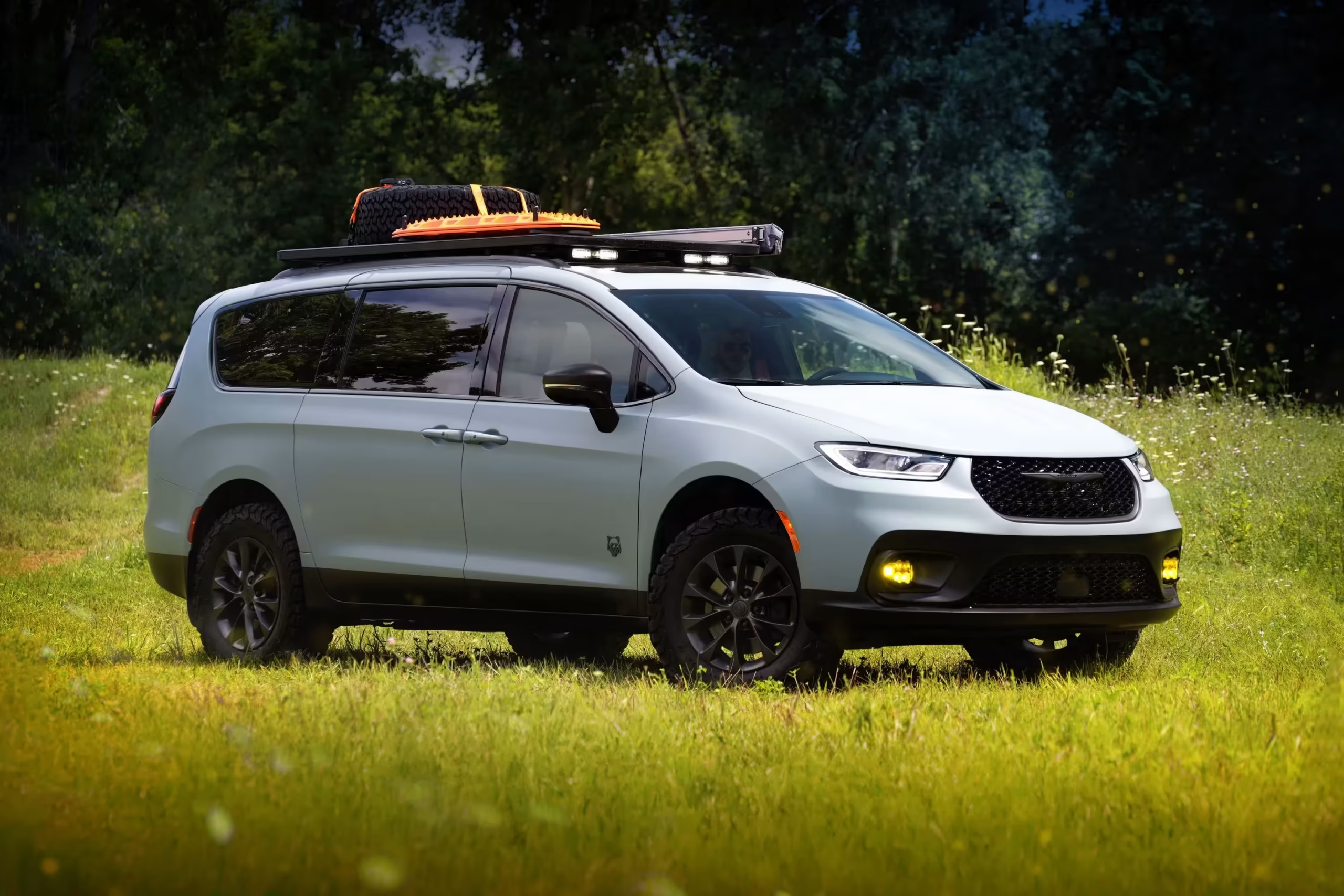
Basis is the Pacifica Limited AWD, with premium trim and ridiculous cargo space. The concept raises the body with a 2.75” (about 70 mm) lift in the front and 2.5” (about 63 mm) in the rear, swaps to 18” wheels, and fits 31” BFGoodrich KO2 tires. Result? Ground clearance jumps from approximately 5.1” (130 mm) to about 7.5–8.0” (190–203 mm). This elevates any minivan to a whole new level—no fuss, no nonsense.
The positioning is clear: “luxury meets adventure” with parts that are easily replicable. The approach challenges established SUVs and even factory hybrid 4x4s, like the Jeep Cherokee 2026 hybrid 4×4, demonstrating that internal volume and minivan ergonomics can be powerful tools in overlanding.
Does the V6 powertrain deliver for true van life and trail adventures?
Under the hood, it’s the well-known Pentastar 3.6L V6: 287 hp at 6,400 rpm and 262 lb-ft (355 Nm) of torque at 4,000 rpm. A 9-speed automatic (TorqueFlite) and on-demand AWD that engages the rear when slippage is detected. On light to moderate trails, this setup gets the job done quietly, and the paddle shifters add a pleasant control for engine braking on descents.
What’s missing? A PHEV with AWD to quietly power campgrounds and run at low speeds on electric. The brand’s electric vision exists (see the futuristic Chrysler Halcyon Concept), so pairing that with all-wheel drive would be a game-changer for van life. The challenge remains: without AWD on the PHEV, it’s still “almost there.”
Does a 2.75” lift change the off-road game for a minivan?
Yes, fuck yes, it does. The increased height, combined with the 31” diameter KO2 tires, improves approach/departure angles and raises the floor away from obstacles. The higher sidewalls allow for lower pressures on sand/rocks without fear, and the added comfort over rough terrain is appreciated.
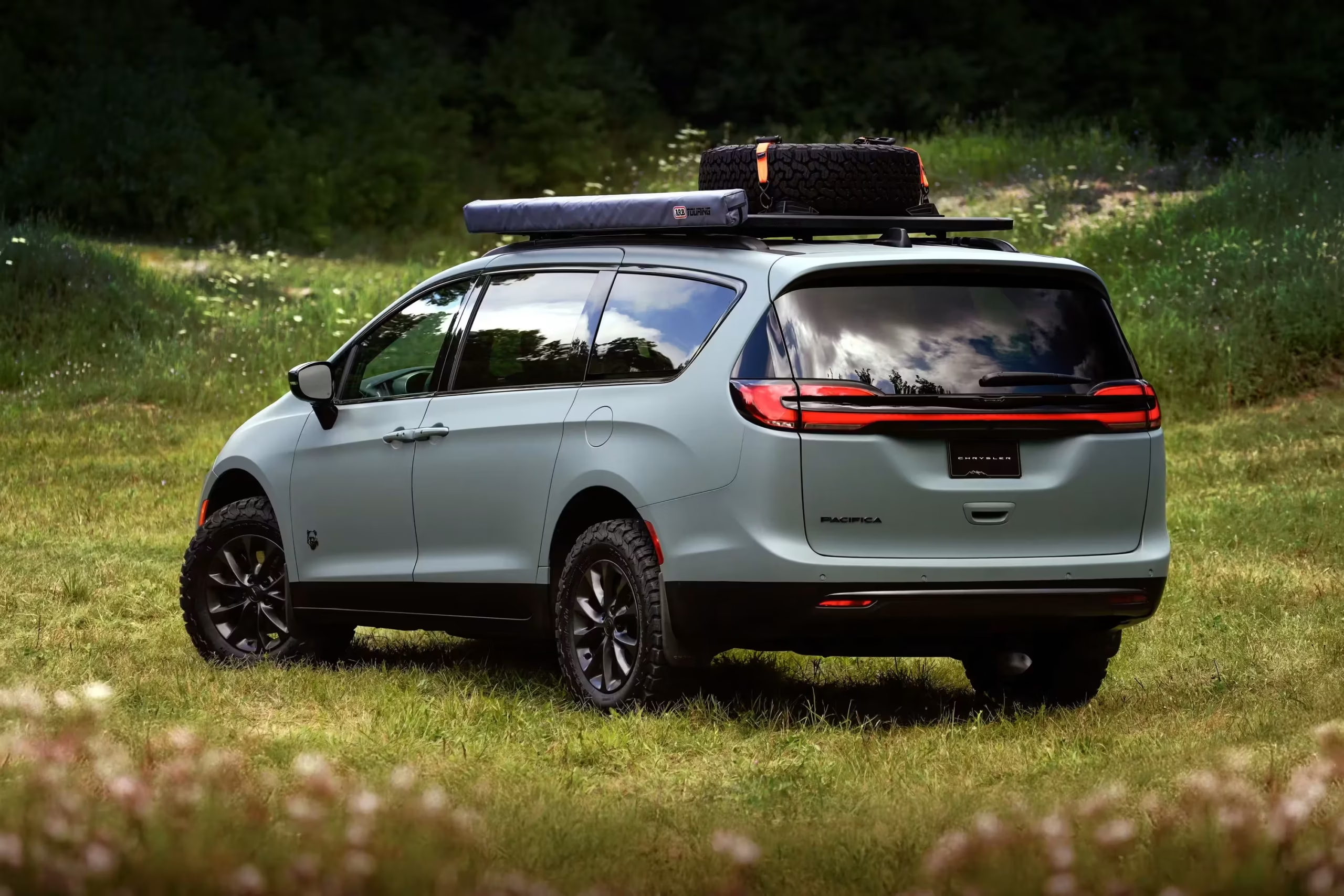
In terms of dynamics, this setup pushes the Pacifica into the realm of rugged SUVs like the “Trail Lite,” comparable in intent to reworked suspensions such as the Ford Explorer Tremor. Still missing are factory skid plates and specific calibration of springs/shock absorbers for the added weight—obvious recommendations for an eventual production version.
What’s outside besides “badass” style and off-road functionality?
Matte Arktos paint, Foreshadow trim accents, protective film on lower panels, and Mopar splash guards. On the roof, the simple rack is replaced by the Rhino-Rack Pioneer platform, modular, spacious, with hooks for everything: full-size spare, boards, LED bar, and awning.
Pioneer-style platforms are the gold standard for expedition gear due to their versatility and durability, and Rhino-Rack itself details the Pioneer line with specific loads and accessories. It’s the skeleton of your campsite on top of the roof—simple as that.
Lighting? TYRI light bar on the roof and Baja Designs LP4 Pro amber pods replacing the fog lights. The LP4s have excellent optics, combined beams, and a reputation for durability. Want nerdy specs? Baja Designs’ LP4 Pro lists lumens and beam patterns explaining why the dust turns into “nothing” in the dark.
And the interior—can it serve for comfortable sleeping and working?
Yes. The third-row seats come out, revealing a flat “conceptual” floor, and the layout becomes 2-2-0, perfect for mattresses, boxes, and modules. Katzkin seats in Cement Gray with orange accents keep the “premium utility” vibe. 115V/450W power outlets in the rear and extra tie-down points support the setup.
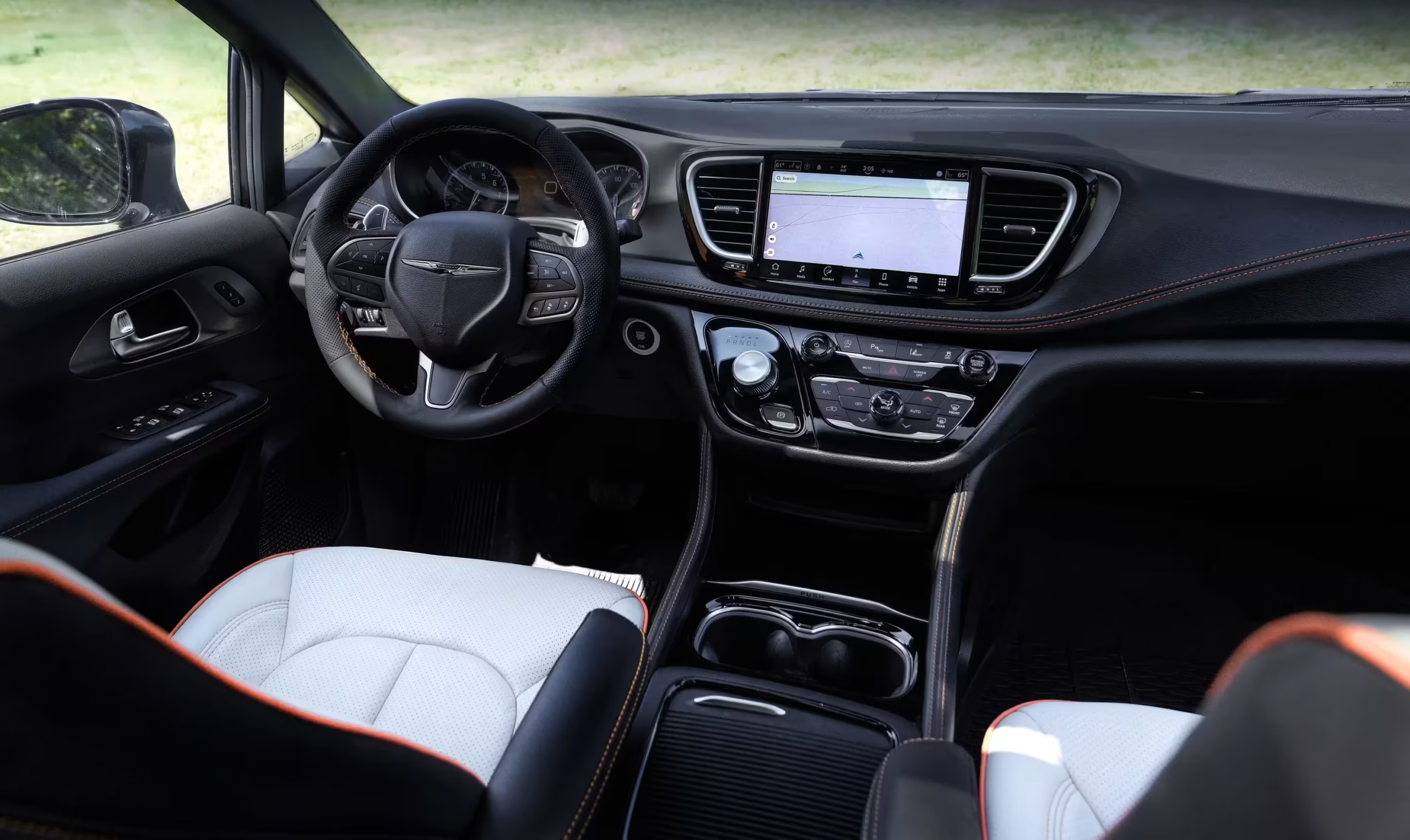
For those seeking adventurous EVs with space and a light trail vibe, “Cross Country” solutions are already progressing—the Volvo EX30 Cross Country is an example of how the industry is pushing the right equipment for real-world use, even on compact electric platforms.
Does it make sense to produce? How much would it cost in the real world?
Definitely. The concept uses off-the-shelf parts (Rhino-Rack, ARB, Baja Designs, BFGoodrich), with clean integration and a replicable lift. Nothing prohibitive to turning it into a model or package. The parts total roughly $6,600–$9,900 at retail, excluding labor and additional engineering.
Based on the Limited AWD price (~$53,000), a Grizzly Peak version would fall between about $58,000 and $63,000. Among electrified and expensive off-road vehicles, rivals like the Chevrolet Silverado EV Trail Boss set a high bar; a well-priced adventure minivan gains global appeal with better comfort and practicality.
Who are the competitors, and where does the minivan win or lose?
Direct competitors in philosophy: “soft-roader” minivans and factory adventure SUVs. Where does the Pacifica score? Interior volume, cabin ergonomics, flat floor, and minivan amenities. Where does it fall short? Lack of factory skid plates, no PHEV AWD, and suspension travel designed for constant pounding.
Want specifics to back up the discussion? The 31” KO2s are benchmark for traction and durability; check the source for the reinforced casing: BFGoodrich All-Terrain T/A KO2. It’s not empty marketing—it’s rubber and canvas engineering performing in mud, rocks, and light snow.
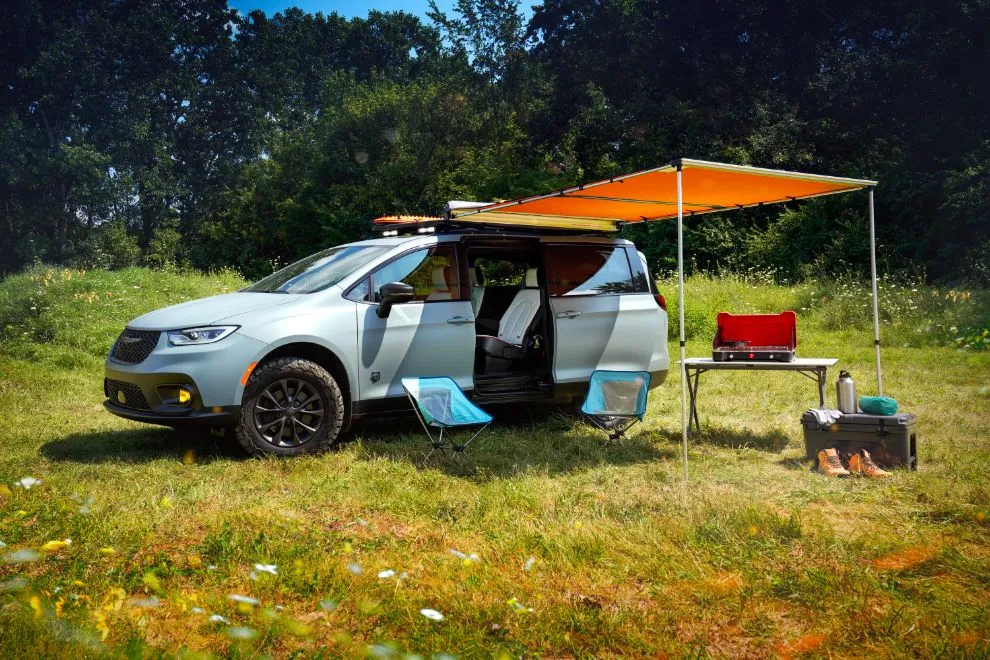
Essential overlanding gear
- Rhino‑Rack Pioneer platform
- Retractable ARB side awning
- TYRI long-range light bar
- Baja Designs LP4 amber pods
- Full-size spare on the roof
- Recovery boards
- 115V/450W power outlet in the rear
Quick comparison vs. competitors
- Space: minivan wins easily
- Comfort: minivan leads
- Angles: SUVs still better
- Protection: missing skid plates
- Camping power: needs PHEV
- Price: competitive at $58k–$63k
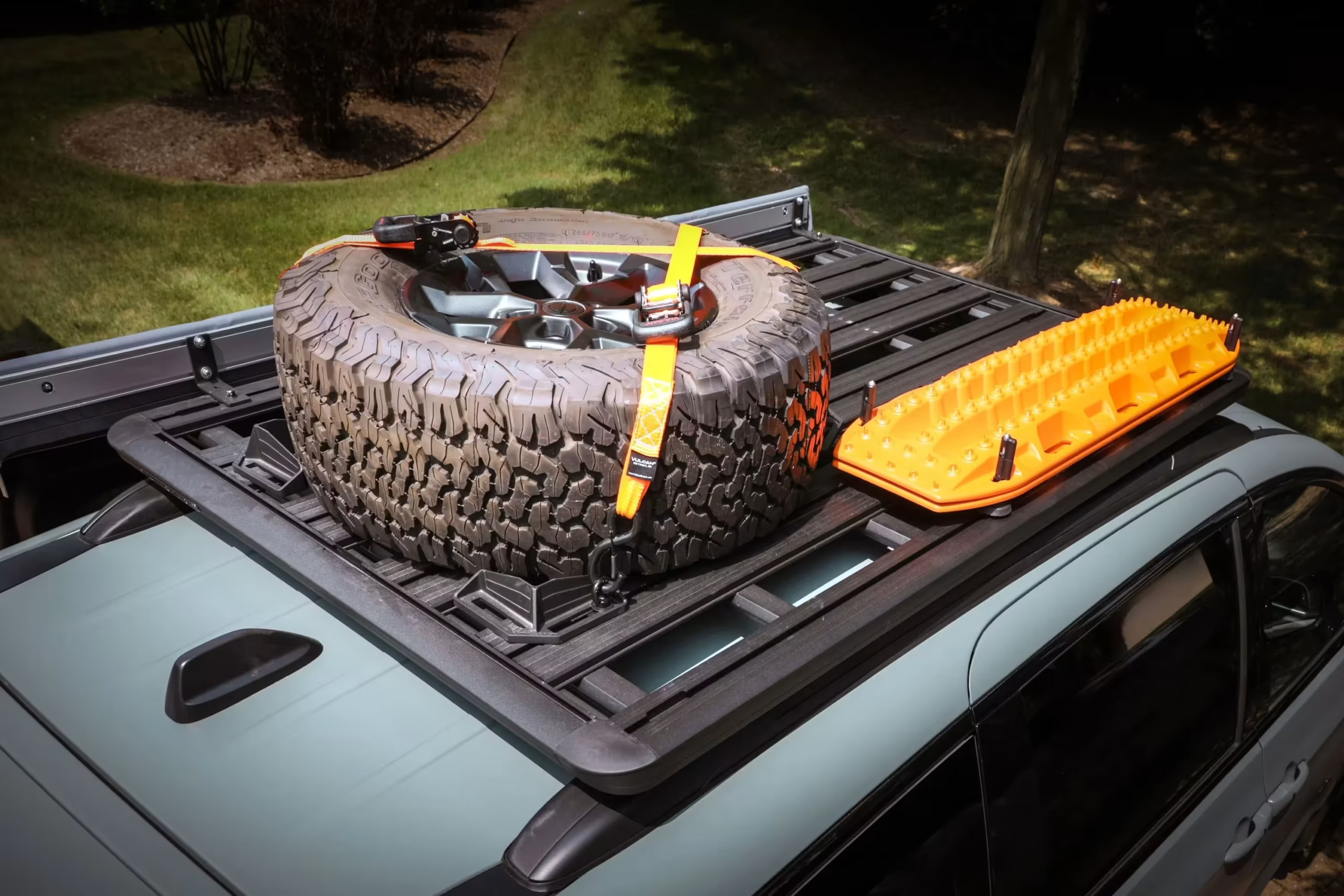
FAQ — common questions from explorers
- Can I replicate this at home? Yes, “bolt-on” lift, 18” wheels, 31” KO2s, and Pioneer rack are widely available components.
- Does it lose comfort on paved roads? Slightly, due to the AT tires and increased height; but in return, it offers better shock absorption on rough terrain and increased versatility.
- Will AWD handle moderate trails? Yes, for light to moderate off-roading. For serious pounding, add skid plates and review shock calibration.
- Can you sleep inside? Yes, with the third row removed and a flat floor, it’s possible. Fits mattresses and modular kitchen/storage units.
- Why isn’t there a PHEV AWD version? Current production limitations. It’s the biggest technical opportunity for future evolution.
My final take: the Pacifica Grizzly Peak hits the mark perfectly on the “how” and “why.” The lift is sensible, the exterior kit is serious (nothing decorative), and the interior is designed for real life, not just good photos. What drives me crazy? No PHEV AWD yet—it’s the missing piece to make quiet camping and slow trail adventures even better. Still, as a factory-ready off-road minivan, it makes many expensive SUVs look like overkill.
Did you like it or disagree? Leave your comment below and tell us what’s missing for the Pacifica Grizzly Peak to become your ideal home on wheels.
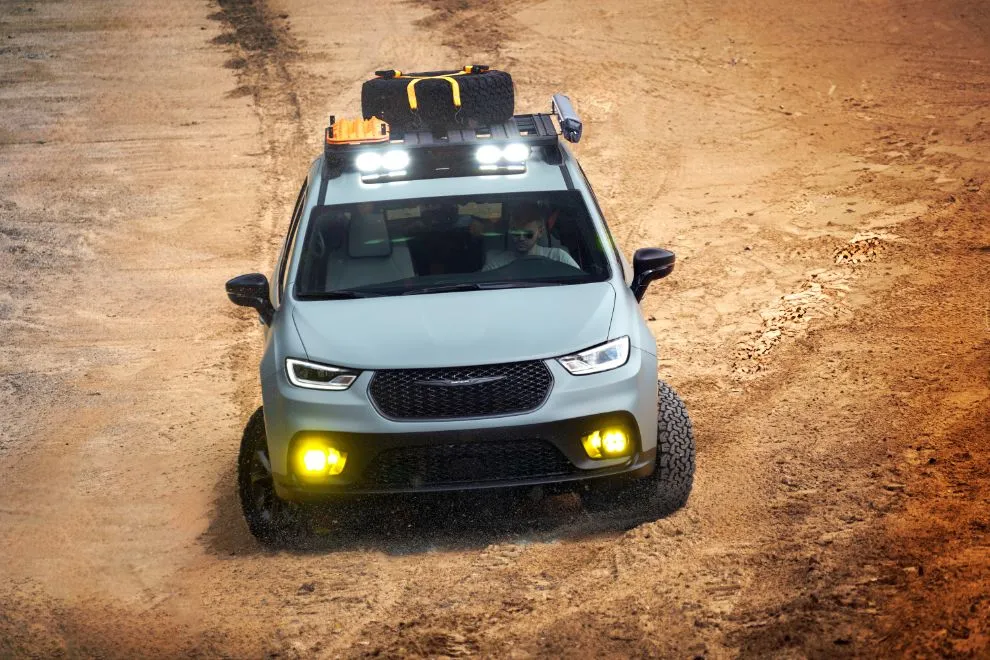

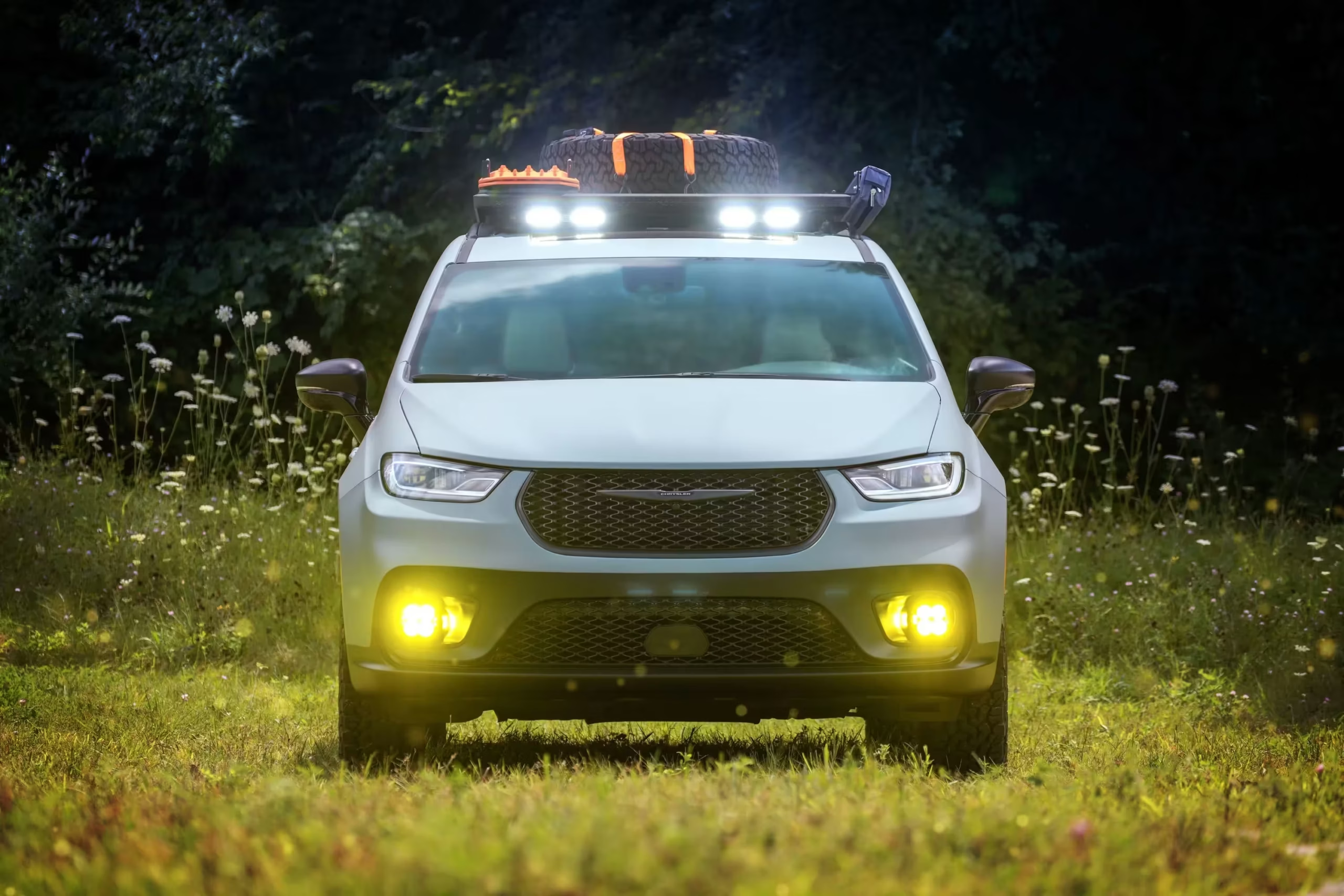

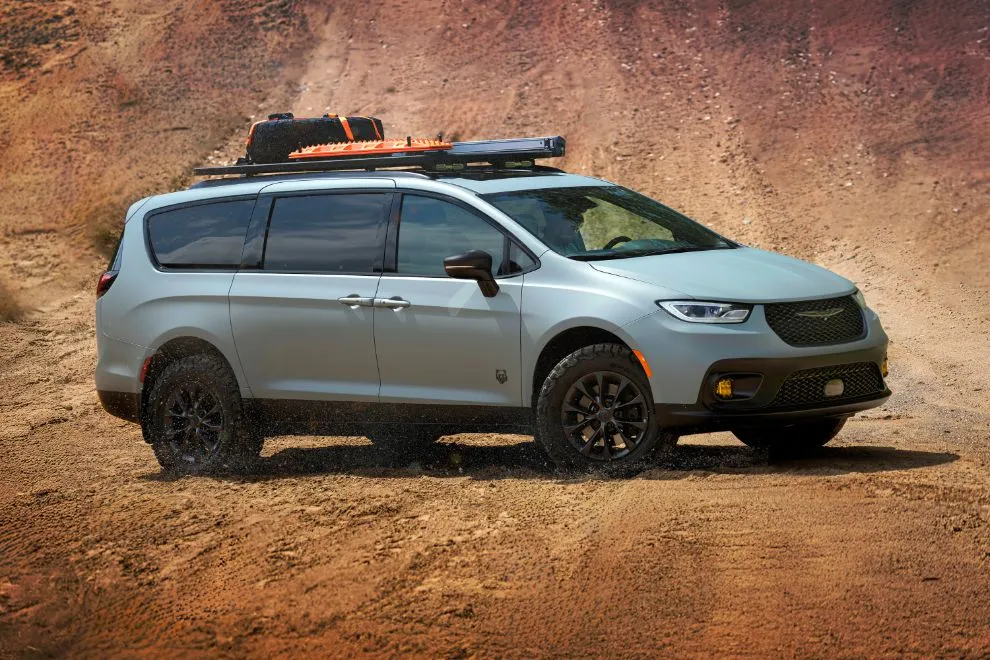
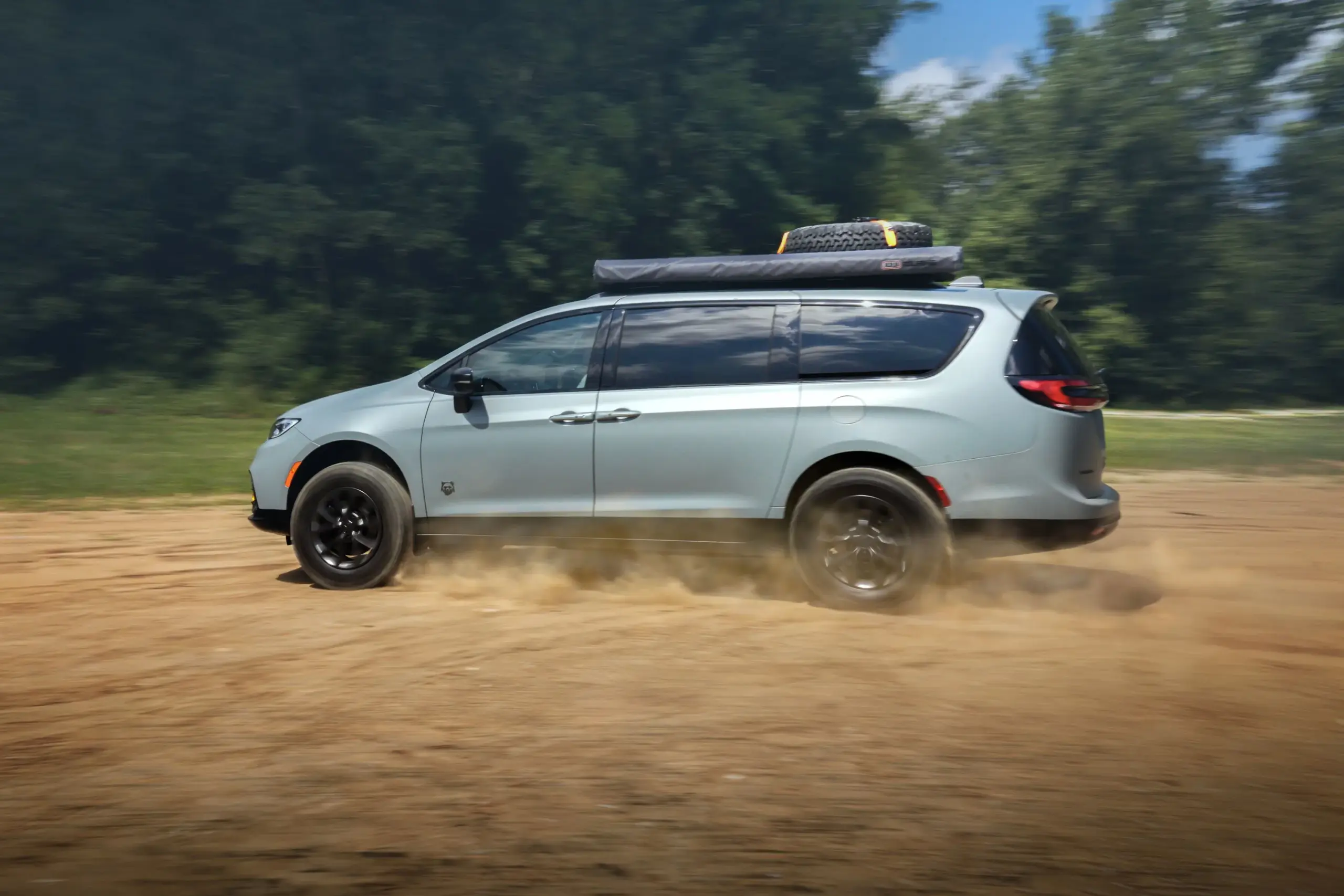

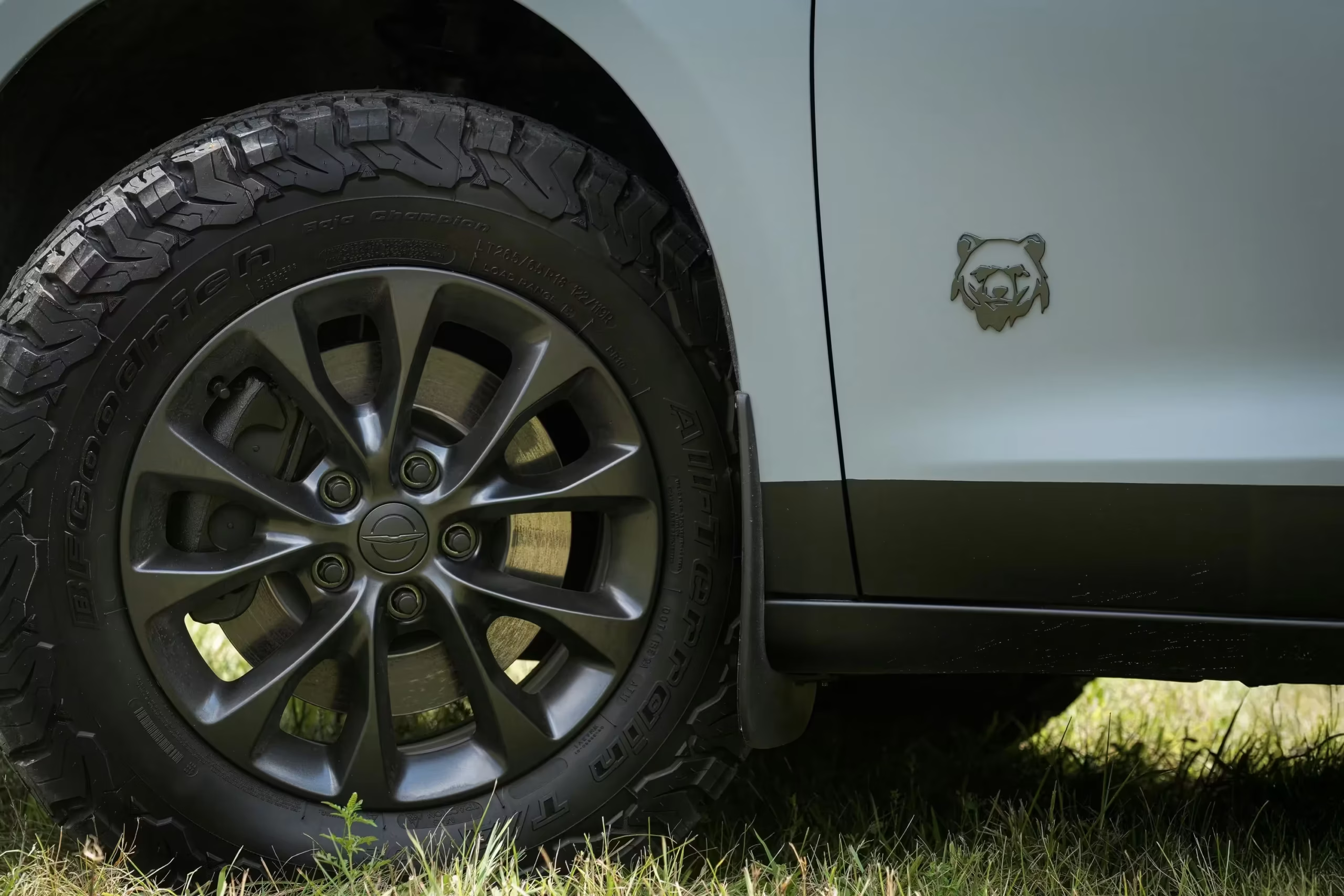

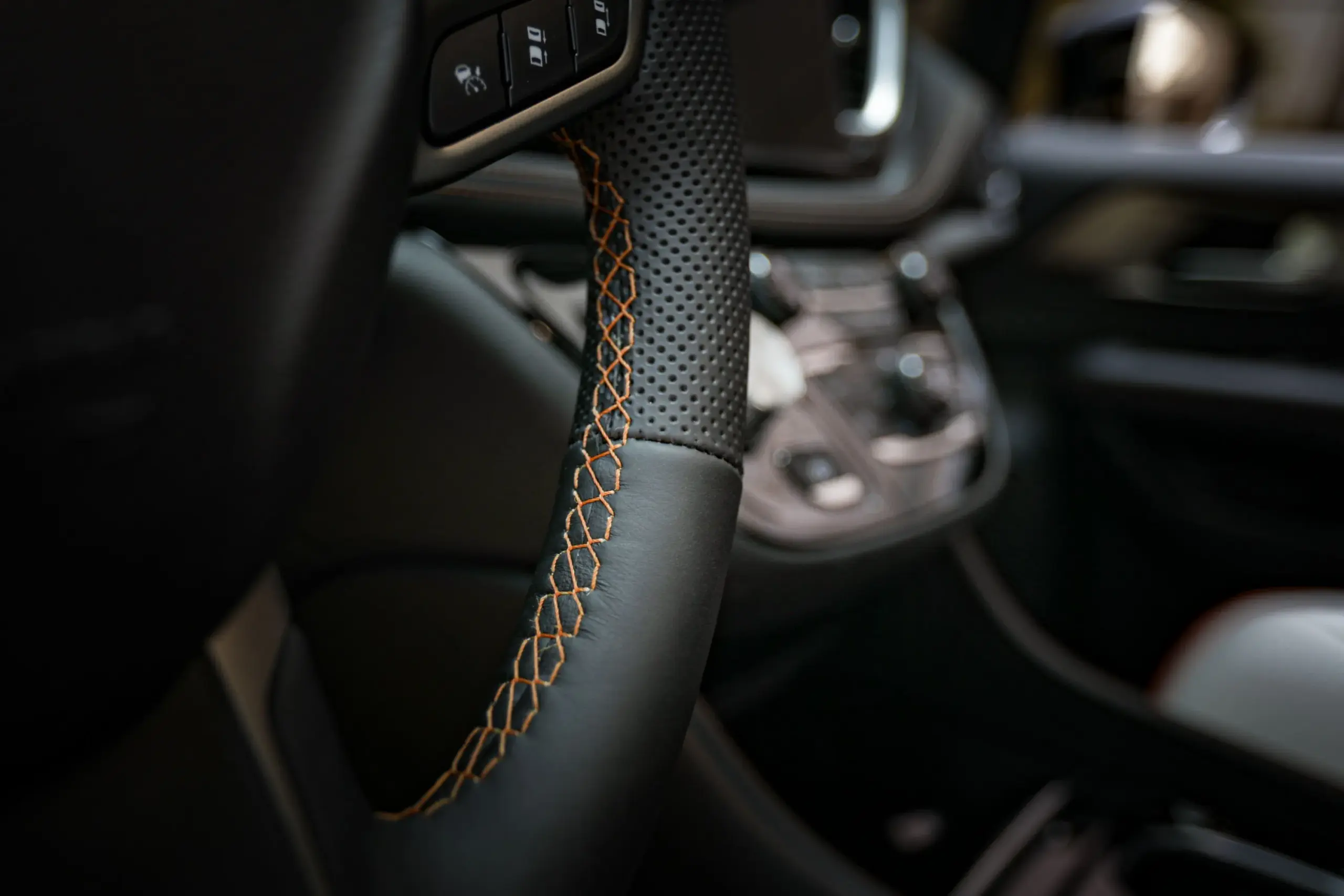
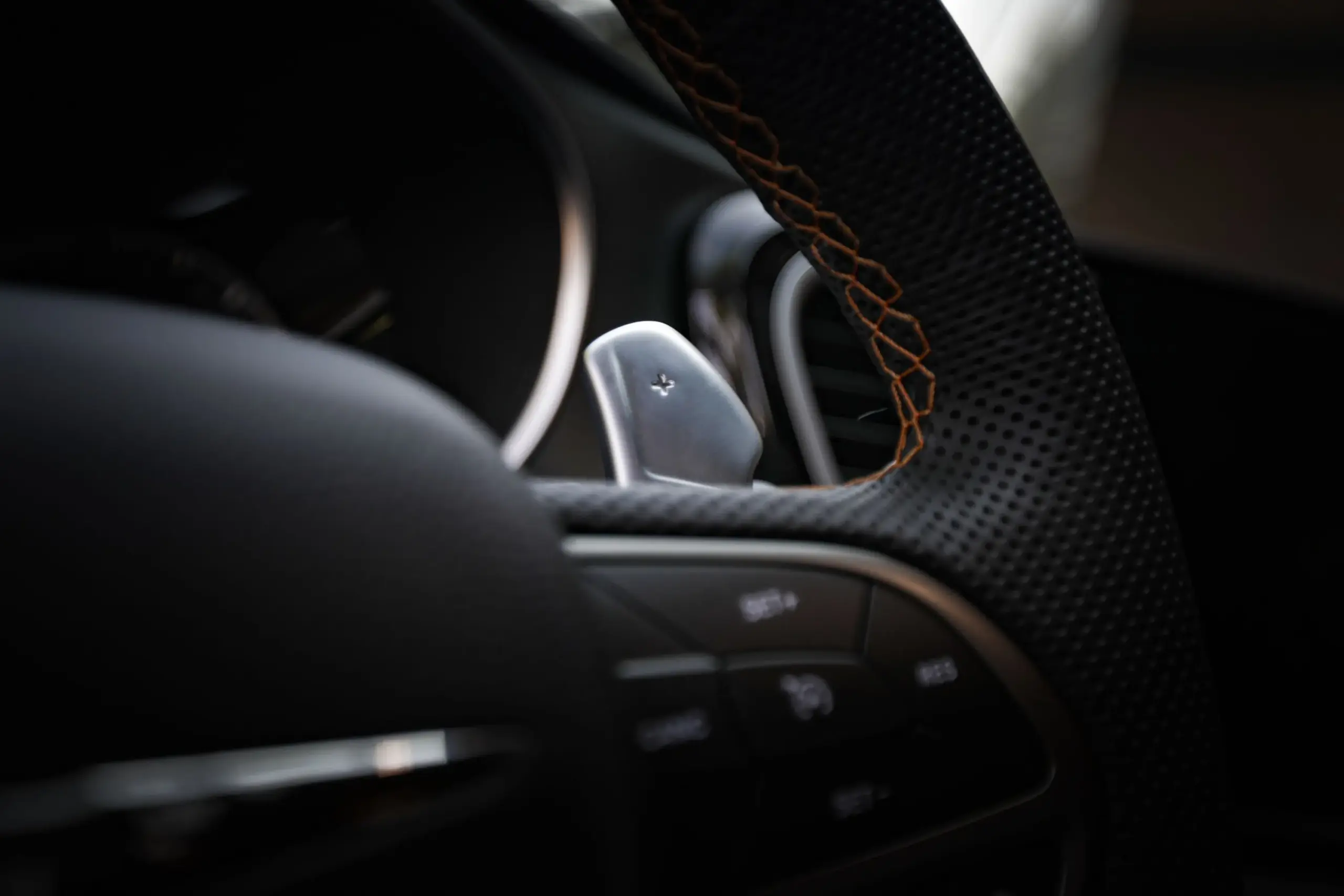



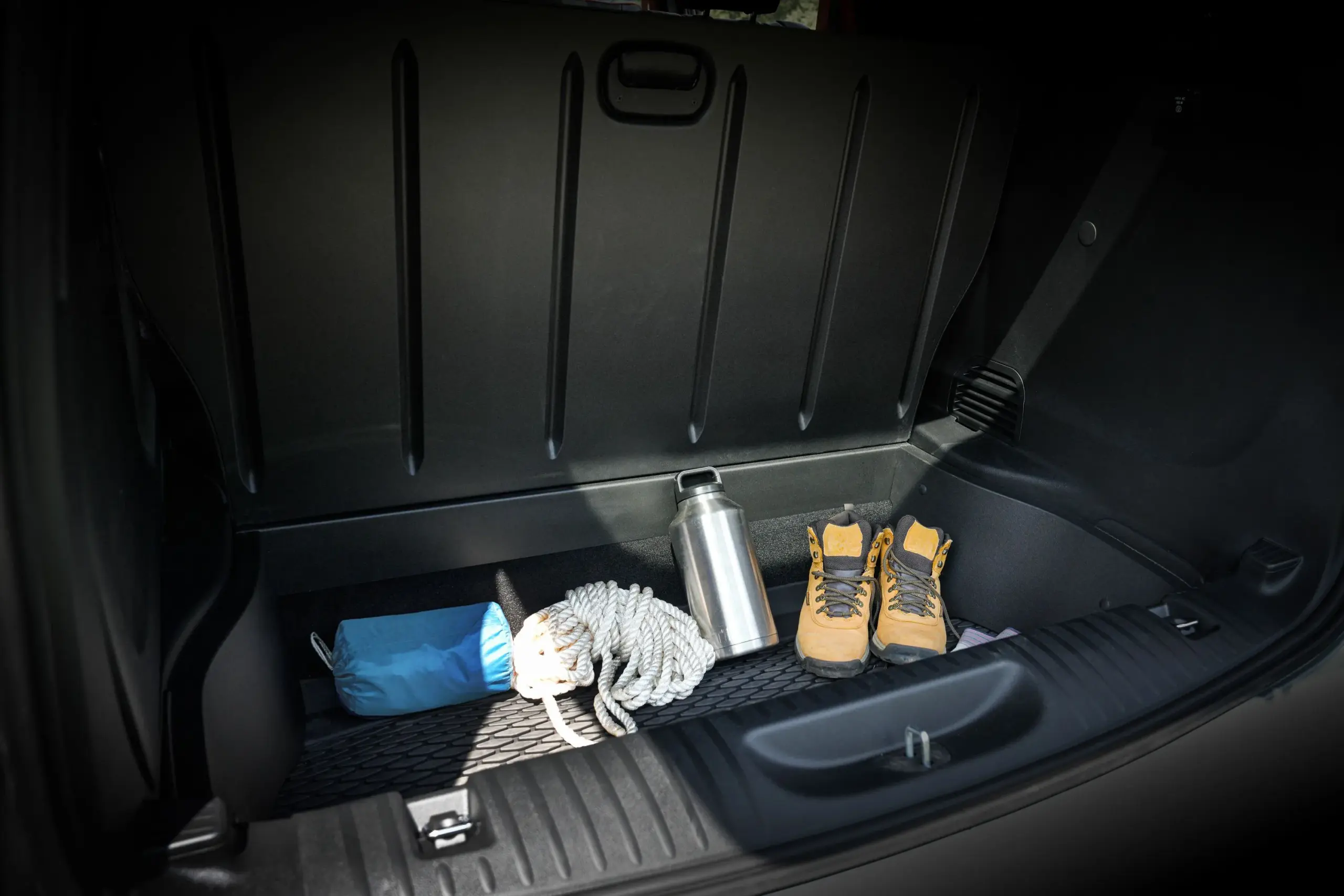
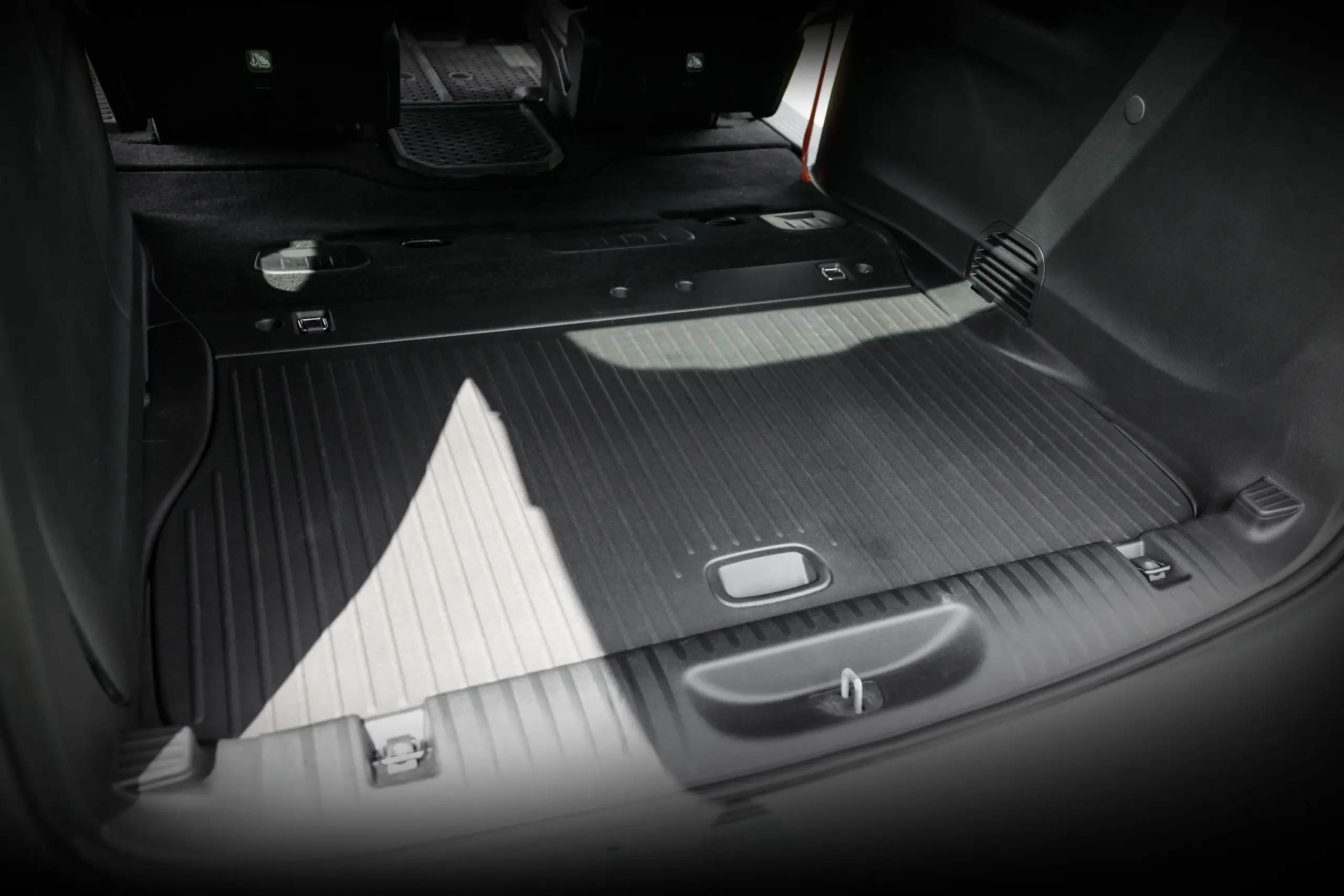

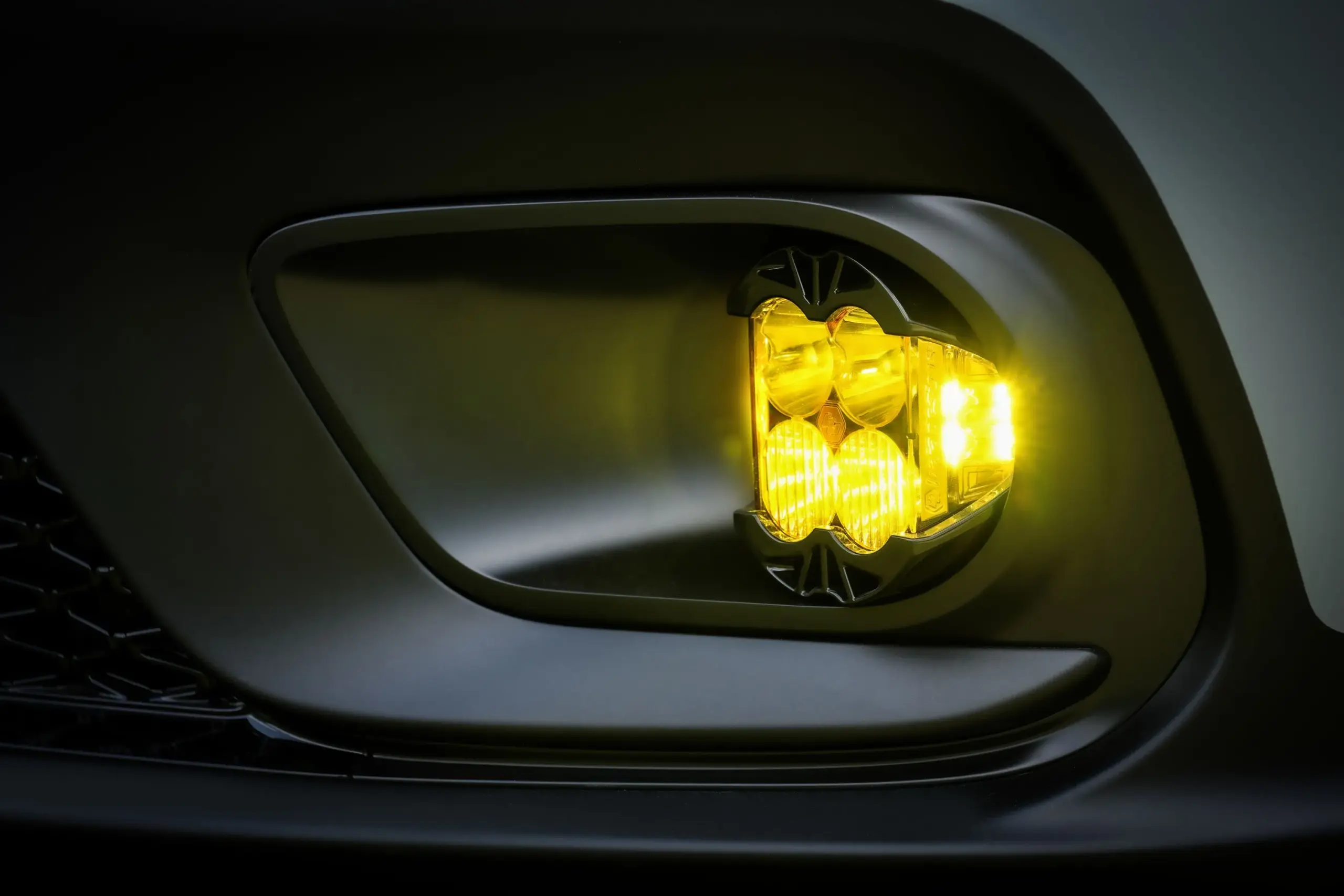
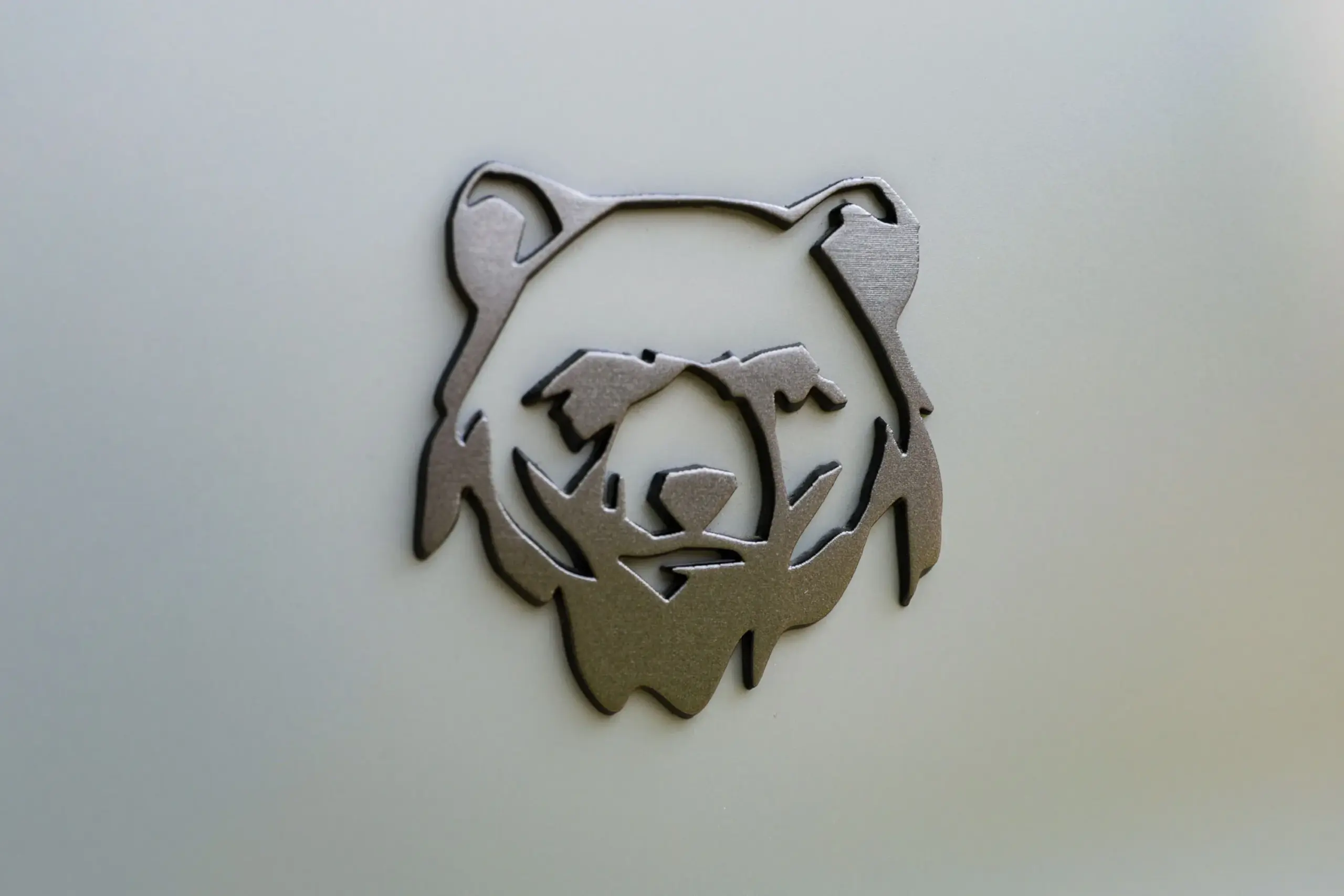

Author: Fabio Isidoro
Fabio Isidoro is the founder and editor-in-chief of Canal Carro, where he has been writing about the automotive world since 2022. Passionate about cars and technology, he began his journey on the HospedandoSites portal and today dedicates himself to creating technical content and comprehensive analyses of national and international vehicles. 📩 Contact: contato@canalcarro.net.br

